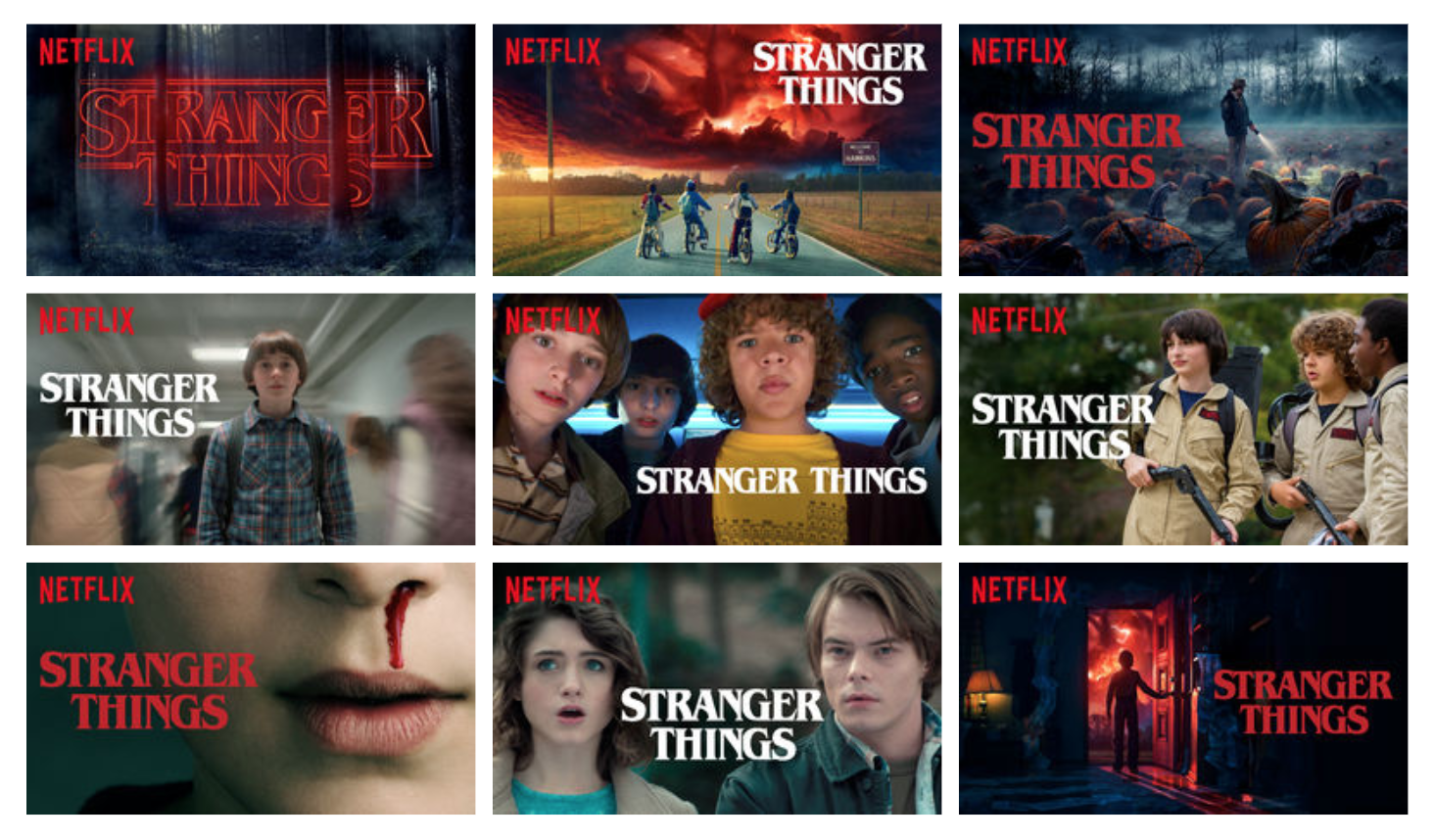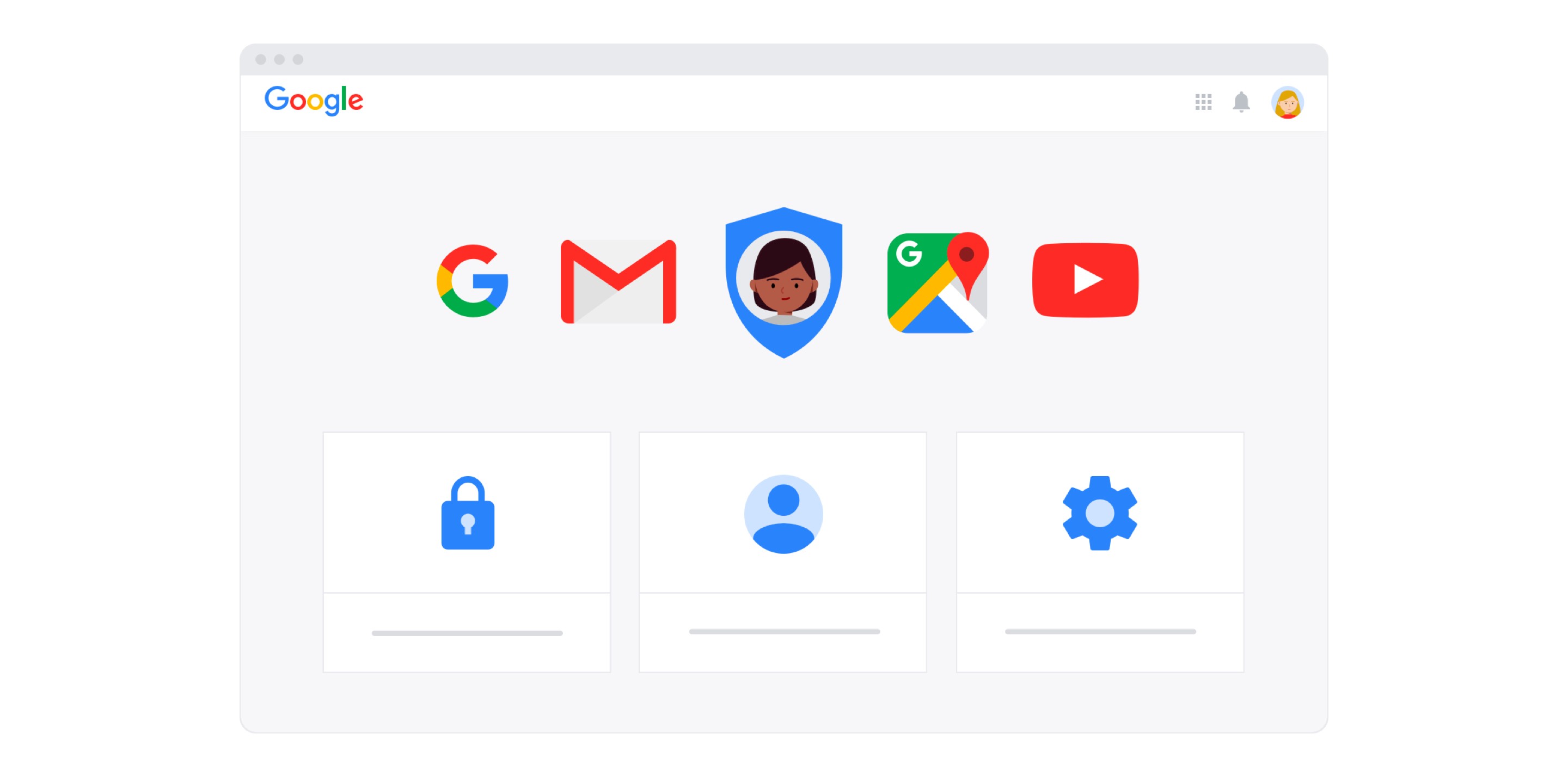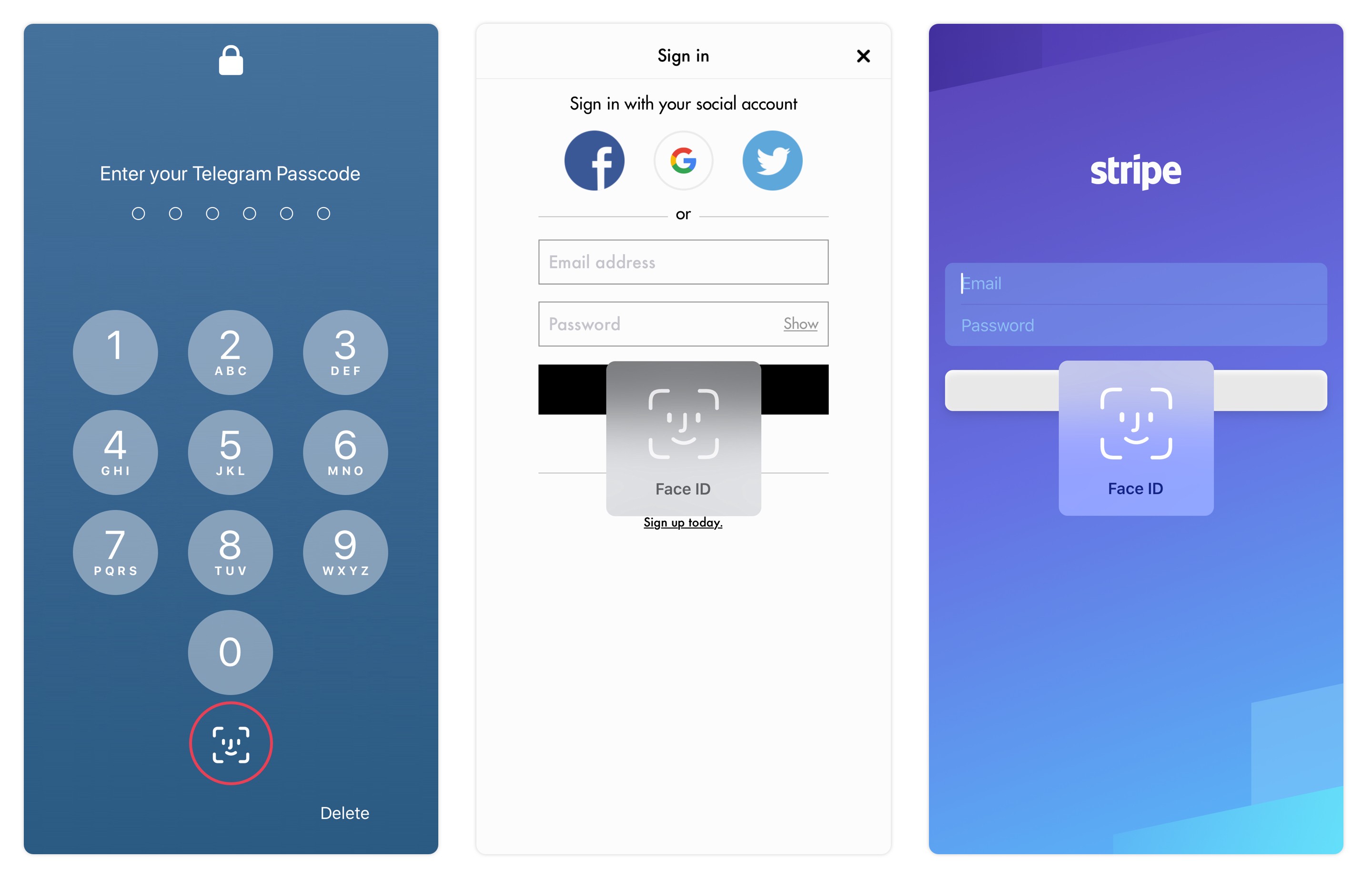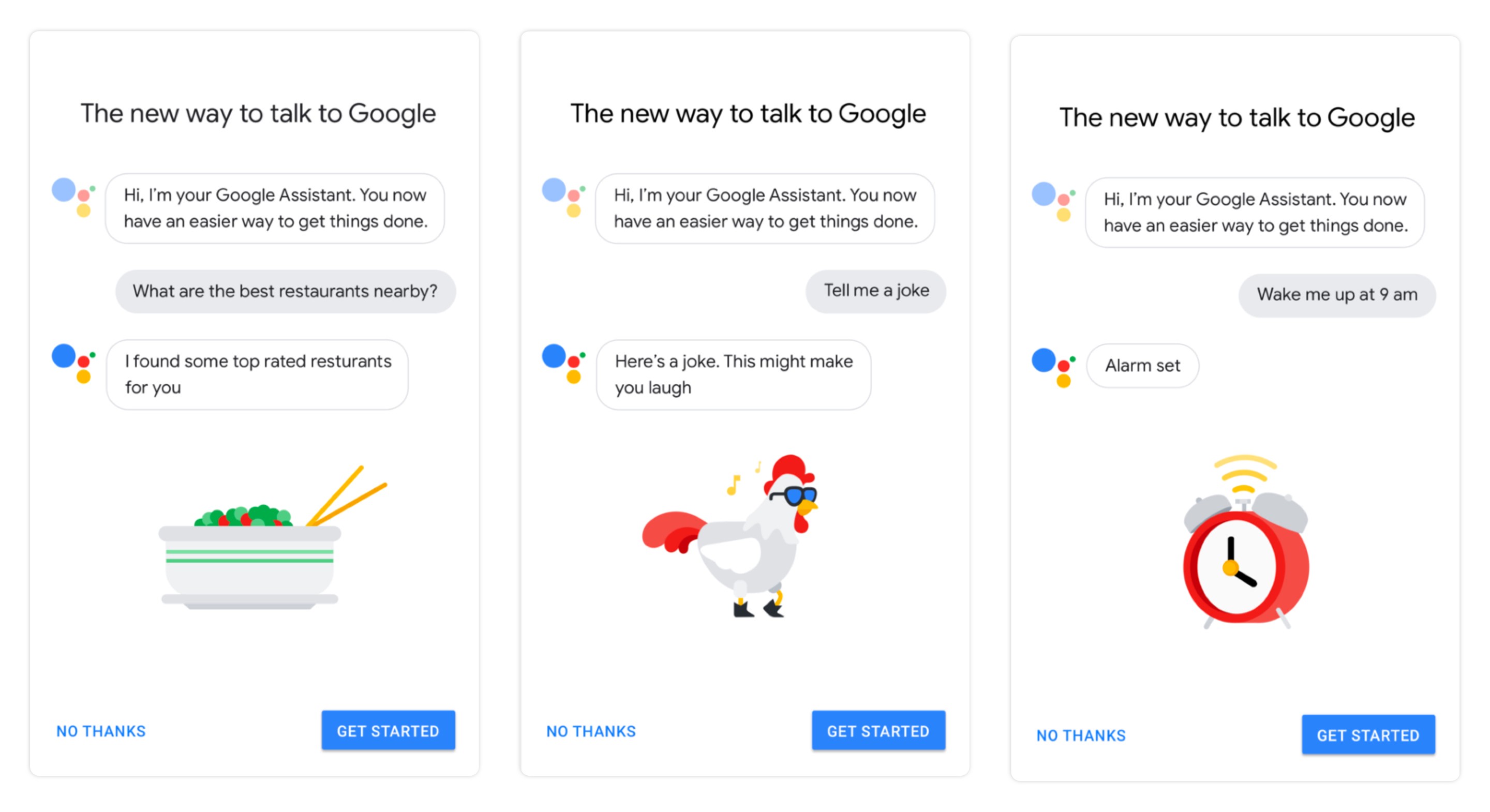
Illustration Ouch.pics
We live in an interesting time. Everything around has never changed so fast. Can you even imagine five years ago how you ask for a piece of iron to buy for you to eat? Nothing in the world today remains unchanged for a long time. This is due to the rapid growth of startups: all of them claim that they are revolutionizing any existing industry or technology, which is why the innovation cycle of constant changes has begun to work.
When you have solved a problem, you really just open the problems of the next, new level.
It’s quite normal for a designer to learn new things and redo work. There is no concept of “done”: you create something, then find out more about it - and redo it. The process continuously repeats over and over as technology develops and user habits change.
As a designer, I look forward to what's new for 2020. In this article I will try to highlight several trends that will become more noticeable in the new year, as it seems to me.
Synchronization between devices
A modern person uses many digital devices in everyday life: smartphones, smart watches, smart TVs, laptops, computers, smart speakers, smart everything! These devices perform various tasks and transmit diverse content. It is important for companies to recognize this trend, as the user requires a certain level of synchronization between devices.
For example, on the way home from work, you watch the Netflix series on your smartphone. When you go home, you can turn on the smart TV and continue from where you left off. The same thing with ordering Uber through a smart column and viewing the order on a smartphone.
The main goal is that the user can perform one continuous task on different devices with virtually no interruptions.
Personalization
One of the main trends in 2020 will remain personalization. To improve UX, you need to try to understand the behavior of individuals, not segments of the audience.
The most common form of personalization is to recommend content using machine learning and artificial intelligence after identifying the interests and preferences of the user. These methods are used by companies such as Netflix, Spotify, Medium.

Netflix even shows different covers of the series to different users, depending on their preferences
Situational relevance
Another form of personalization is based on situational relevance. The interests, behavior and needs of the user do not always coincide, because their thinking is influenced by different situational factors, such as location, mood, emotions and time of day. Companies are gradually developing more sophisticated algorithms to better interpret these new kinds of data and extrapolate more accurate and efficient patterns.
The following are some examples of how this “situational personalization” is used:
- McDonald’s is developing a dynamic Drive-Thru menu that takes into account the weather, the current workload of the restaurant, and trending menu items.
- Amazon teaches Alex to identify the common cold by changing the voice and coughing of the user by offering him the appropriate medicine or food.
- Google Maps now offers restaurants based on your location and personal preferences.
Confidentiality
Nowadays, everyone is talking about privacy and new data collection technologies. Today more than ever, a lot of data can be found on the Internet: medical records, location history, search history, intimate text messages, your dog’s name and much more. The user has almost reconciled that his personal data is no longer “private” due to interaction with the large technological ecosystems of Apple, Google, Facebook and Amazon.
It is important for UX developers to provide control over privacy settings so that users control the type of data collected and how they are used by your product. They should be able to change these settings at any time, and even choose regular reminders to keep track of current settings.

Google dashboard: a single center from where the user changes information, privacy and security settings
In the article Design with Confidentiality in the Mind, Martin Wizemborski formulates some basic principles:
- Privacy as the default setting
- Proactivity instead of post-response
- Open and transparent policies
- User as the main subject
Face id
With the advent of the iPhone X, Face ID technology has replaced Touch ID as the primary form of authentication, and all smartphone makers have followed suit. This means that in mobile applications you need to modernize authentication forms by allowing Face ID as an alternative method.

Telegram, ASOS, and Stripe Allow Login Through Face ID
The old method of login and password is not so effective, because it requires time and effort from the user - plus the need to remember several passwords for different applications. With Face ID integration, you can implement more accurate authentication with one click.
Voice interface
Again, Apple launched this trend with the advent of Siri in 2011. However, the real implementation of the voice UI began only after the spread of smart speakers and other home devices with voice control. When Google, Apple, Amazon, and Sonos released their own smart speakers, this was a clear signal for the beginning of a new era: the transition from GUI to VUI, because these devices do not rely on a touch screen, buttons, or even a menu interface.
If you thought smart speakers were just another quirk, think again. In August 2019, an Adobe Analytics survey found that 32% of American adults owned at least one such device . Users all over the world voice command to set an alarm, start music, find out the weather, look for information on the Internet, read news, make purchases, and the list goes on.

Last year, Google announced Duplex, a voice assistant who can call a restaurant or hairdresser to record you or book a table. This year, he learned to rent cars, reply to messages, find photos for sharing with friends, write emails and perform other tasks simultaneously in different applications .
Although it’s too early to talk about the impact of smart speakers on society, VUI can be used for the convenience of users by reducing the number of actions required. It is also important to note that VUI is suitable not only for speakers, but for almost any smart device.
Augmented Reality
With the spread of 5G, it is possible that augmented reality (AR) technologies will reach their full potential thanks to faster downloads and installations, as well as new scenarios and use cases. The interactive nature of AR allows designers to bridge the gap between the graphical interface and the real world, moving to a new level of multi-channel impact. A Gartner survey found that by 2020, 46% of retailers plan to implement AR or VR solutions to serve customers.
This year, major brands have already implemented AR solutions for the convenience of customers, allowing them to interact with virtual images of products and information in various conditions.
Nike scans the buyer’s legs for the perfect fit of shoes in AR
Ikea helps furnish room with AR
Google shows directions using AR
UX Audit
The UX audit helps managers cross-analyze the effectiveness of digital content based on industry standards and compliance with the latest trends and technologies. Similar to financial audit, the main goal here is to get all interested parties an independent opinion on the effectiveness and honesty of the design.
Dark patterns
Most technology companies use subtle tricks to push us to certain actions, increase interest in products, etc. If these psychological tricks are for the benefit of users, increasing engagement and conversion, then that's fine.
But if the company uses dark patterns: deceptive questions, straying, automatically subscribing to newsletters, stimulating messages, invisible links, endless notifications, and so on, then this is pure fraud. Design auditing is a good way to determine if a company is manipulating users for profit. Answers to the following questions help this:
- Is it difficult for the user to get out of a certain situation (subscription plan)?
- Are color schemes applied to influence user choices?
- Are cunningly composed questions used to push the user to a specific choice?
- Are there any design tricks for manipulating the user's attention (distracting attention from some point or attracting to the right choice)?
- Is the guilt of the user exploited in the design in order to influence him (for example, the choice of answer options: “Yes, I am interested” and “No, I do not want to expand the customer base”)?
Summarizing
All of the above makes us look forward to 2020, which will be very interesting. Many of these trends have emerged over the past few years, but with minor improvements in new projects, they can dramatically increase user experience and make a small revolution in UX design.